This is the second post in a series on classroom library organization by middle school literacy teacher, Ashleigh Rose. If you missed it, be sure to read her first post, Why My Kids “Couldn’t Find Any Good Books” In Our Classroom Library and How We Flipped the Script Together.
After finally deciding my classroom library needed a drastic overhaul, I realized that the smartest way to make sure our Classroom Library 2.0 was a success was to enlist the people who I wanted to best serve—my students.
I gathered a group of volunteers—avid book nerds, as well as kids who just wanted to help make the library a better place for our classroom. Because I teach multiple periods of different homerooms and it always feels like we never have enough time to do everything in class, I decided to do this work on a Saturday that my building was open. This way, we could dedicate a few hours of brain space to getting this done that wouldn’t interrupt kids’ in-class access to the library for independent reading. Looking back, this could very well have made an excellent class project over the course of a few class periods.
We kind of made it up as we went, but (spoiler alert) it worked!
Step 1: Brainstorm mood/theme options that kids want to be able to find.
On chart paper, we brainstormed the kinds of books we want to be able to easily locate. Our aim was to make these universal. For example, we specifically avoided bins that only applied to a slice of society—whether by gender/racial/sexual/cultural identity. I call this our mood/theme brainstorming because I know it wasn’t genre-naming, but I don’t know that a specific term applies to it all. I gave kids a few examples and provided some thinking frames:
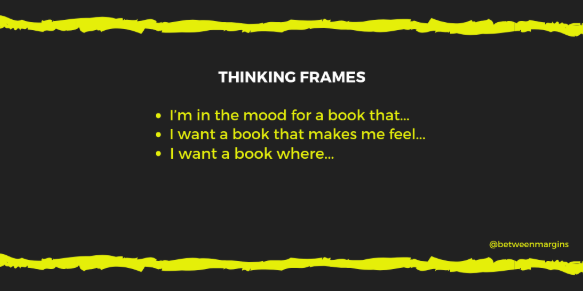
Kids came up with some amazing and hilarious stuff…
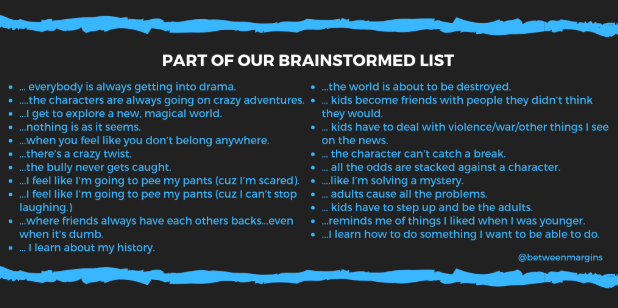
Step 2: Create short, catchy, kid-created titles for the bins.
One of my students wrote, “…reminds me of things I liked when I was younger.”
Me: “Oh, cool, maybe we call that bin ‘nostalgic?’”
Student: “Huh?”
Me: “You know what, we’ll just go with your words.”
After kids created the groupings of books that they wanted to be able to quickly locate in our library, I asked students to come up with catchy, short bin titles that would encapsulate the ideas from our brainstormed list. Some bins came from kids combining several items on the list they realized were similar, and sometimes they realized gaps we needed titles for.
My students loved this process and still, three years later, are quick to point out the titles they came up with.
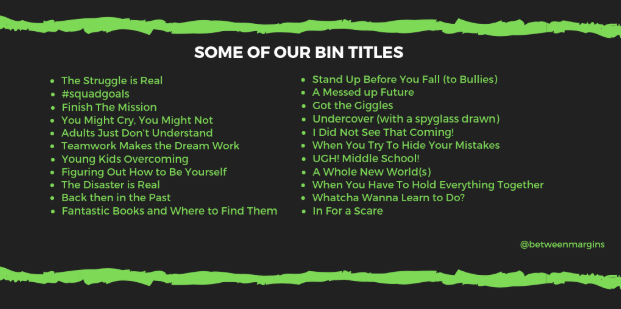
Step 3: Place the books we know.
With bins made, students started placing the books they knew well. Students felt that sometimes books could straddle multiple bins which brought great conversation. Ultimately we realized we had to zoom in on these questions:
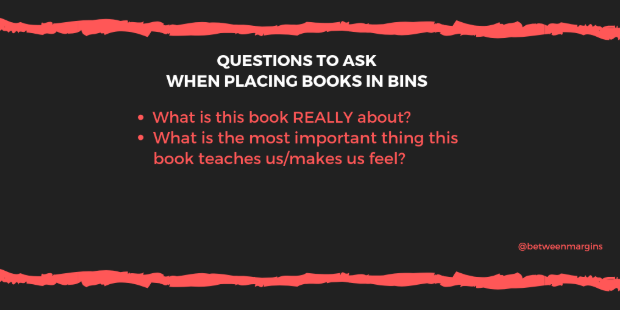
It also never hurt to read the book jacket or the back to see what professionals had said that might help us distill what was most important about this book, but we always opted to go with what we felt.
During this process we also came across some books that just needed to go. We abided by Donalyn Miller’s MUSTIE criteria for culling book collections below:
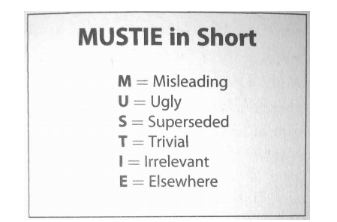
(Figure 5: from Donalyn Miller, Reading in the Wild, 2014, page 85.)
Read my next post, How We Re-Introduced Our Classroom Library After the Refresh, to see how we rolled this out to the rest of my students who were not yet involved in this process.
About the Author:
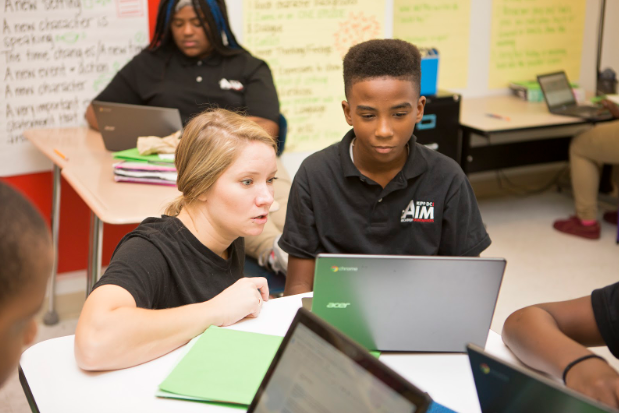 Ashleigh has been teaching middle school literacy in Washington, DC for the last eight years. She currently teaches 7th and 8th grade Writing in Southeast DC and leads her school’s Project LIT chapter. She is lifelong learner and book nerd who is always trying to up her educator game. Ashleigh is a fierce advocate for giving kids voice, choice, and access to books that are both culturally affirming and representative as well as books and learning experiences that create a culture of curiosity and disruption of the status quo. You can most often find her nerding out on Twitter (@betweenmargins) and from time to time on Instagram (@betweenmargins).
Ashleigh has been teaching middle school literacy in Washington, DC for the last eight years. She currently teaches 7th and 8th grade Writing in Southeast DC and leads her school’s Project LIT chapter. She is lifelong learner and book nerd who is always trying to up her educator game. Ashleigh is a fierce advocate for giving kids voice, choice, and access to books that are both culturally affirming and representative as well as books and learning experiences that create a culture of curiosity and disruption of the status quo. You can most often find her nerding out on Twitter (@betweenmargins) and from time to time on Instagram (@betweenmargins).


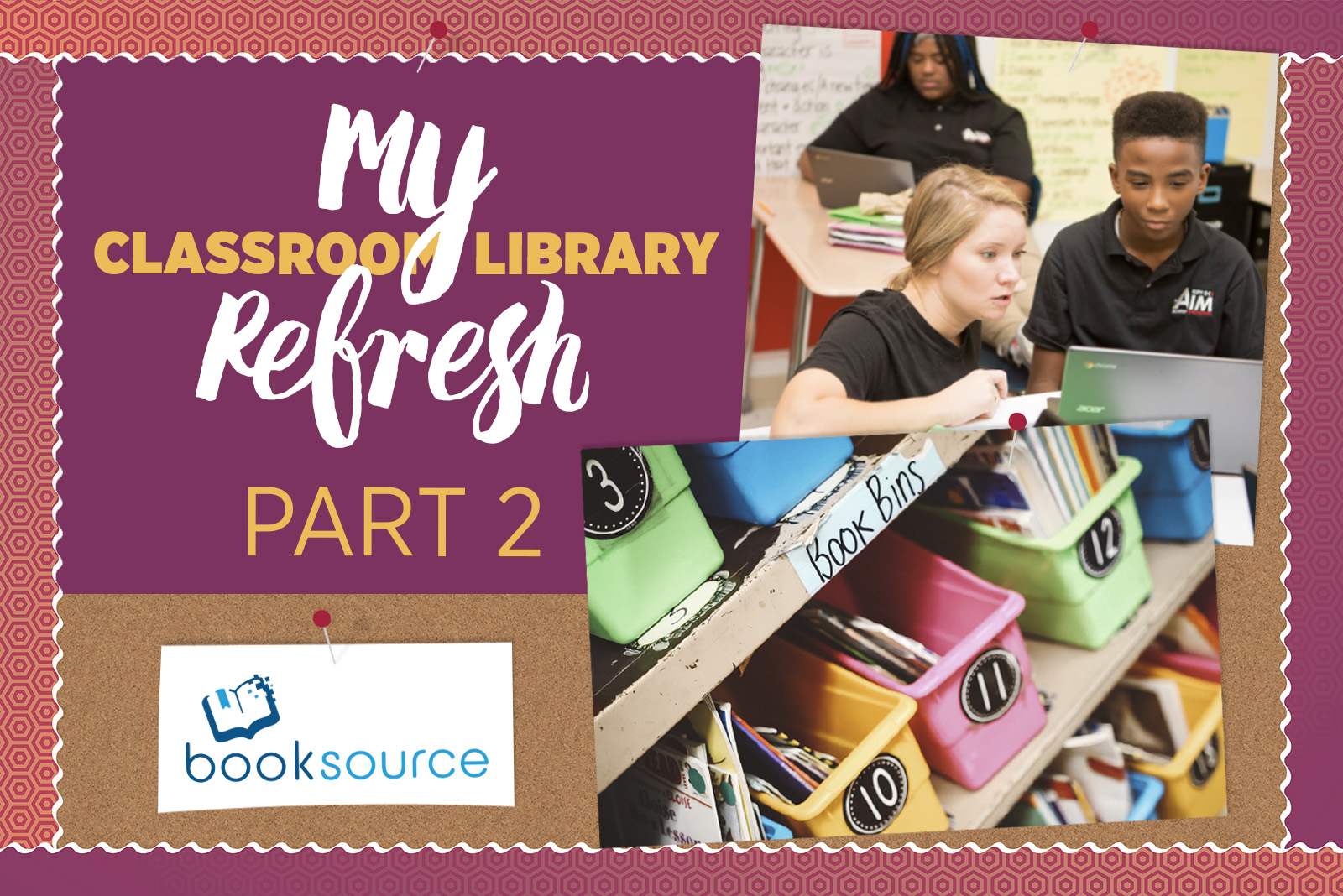
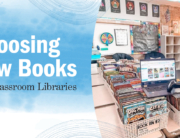
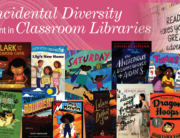
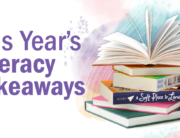

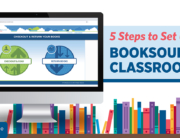
[…] Next By Booksource|2019-10-16T09:40:54-05:00September 24th, 2019|Classroom Library Resources|3 […]